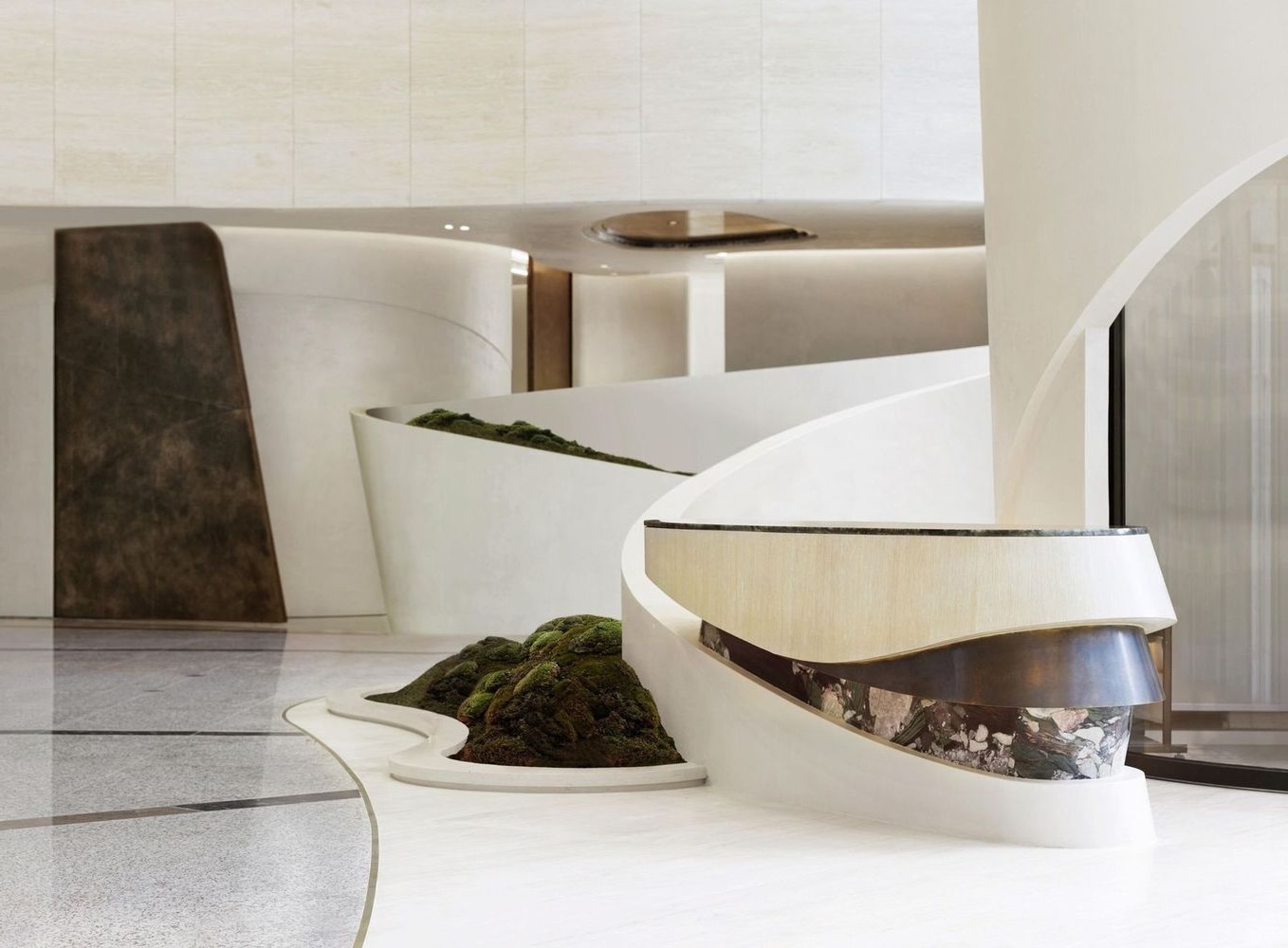
Marble has fascinated humans for centuries with its stunning beauty and versatility. But what makes this stone so special? Marble is a metamorphic rock formed from limestone under extreme heat and pressure. Its unique veining and color variations come from impurities like iron oxides, clay, and sand. Did you know that the ancient Greeks and Romans used marble extensively in their sculptures and buildings? Today, it's still a popular choice for countertops, flooring, and even art. From the iconic Taj Mahal to Michelangelo's David, marble has left an indelible mark on history. Ready to learn more? Here are 28 intriguing facts about marble that will leave you amazed!
Key Takeaways:
- Marble, a stunning stone with a rich history, is formed from limestone under high pressure and temperature. It comes in various types and colors, making it a popular choice for construction, art, and design.
- Marble, though beautiful and versatile, requires proper care to maintain its beauty. Regular sealing, avoiding acidic substances, and using pH-neutral cleaners are essential for preserving its shine and preventing damage.
The Origins of Marble
Marble has a rich history that spans centuries. This beautiful stone has been used in art, architecture, and design, making it a fascinating subject to explore.
- Marble is a metamorphic rock formed from limestone under high pressure and temperature.
- The word "marble" comes from the Greek word "marmaros," meaning "shining stone."
- Ancient Greeks and Romans used marble extensively in their sculptures and buildings.
- The Parthenon in Athens and the Pantheon in Rome are famous structures made from marble.
Types and Colors of Marble
Marble comes in various types and colors, each with unique characteristics. This diversity makes it a popular choice for different applications.
- Carrara marble, from Italy, is one of the most famous types, known for its white or blue-grey color.
- Calacatta marble, also from Italy, is rarer and has bold, dramatic veining.
- Statuario marble, another Italian variety, is highly prized for its pure white color and fine grain.
- Marble can also be found in colors like green, pink, black, and gold, depending on the minerals present during its formation.
Uses of Marble
Marble's versatility makes it a favorite material for various uses, from construction to art.
- Marble is commonly used for countertops, flooring, and bathroom tiles.
- Michelangelo's famous statue of David is carved from a single block of marble.
- The Taj Mahal in India is an iconic example of marble architecture.
- Marble is also used in the production of fine furniture and decorative items.
Marble in Modern Times
Even today, marble continues to be a sought-after material for its beauty and durability.
- Marble is often used in luxury homes and hotels for its elegant appearance.
- It is also popular in modern art and sculpture, with artists appreciating its workability.
- Marble dust is used in the production of paints and cosmetics.
- The stone is also used in the pharmaceutical industry for making calcium supplements.
Interesting Facts About Marble
Marble has some surprising and lesser-known facts that add to its allure.
- Marble can be translucent, allowing light to pass through it, which is why it glows under certain lighting conditions.
- The Lincoln Memorial in Washington, D.C., is made of marble from Colorado.
- Marble is relatively soft compared to other stones, which makes it easier to carve but also more prone to scratching.
- The Great Pyramid of Giza originally had an outer casing of polished Tura limestone, a type of marble.
Care and Maintenance of Marble
Proper care can keep marble looking beautiful for generations. Here are some tips and facts about maintaining marble.
- Marble should be sealed regularly to prevent staining and damage.
- Acidic substances like lemon juice and vinegar can etch marble surfaces.
- Cleaning marble with a pH-neutral cleaner is recommended to avoid damage.
- Polishing marble can restore its shine and remove minor scratches.
Environmental Impact of Marble
Like many natural resources, marble extraction and use have environmental implications.
- Marble quarrying can lead to habitat destruction and landscape changes.
- Dust and waste from marble processing can contribute to air and water pollution.
- Efforts are being made to recycle marble waste and use it in other industries.
- Sustainable practices in marble quarrying and processing are becoming more common to reduce environmental impact.
Marble's Timeless Appeal
Marble's allure spans centuries, captivating architects, artists, and homeowners alike. Its natural beauty and durability make it a top choice for everything from sculptures to kitchen countertops. Each slab tells a unique story, with veins and patterns that are one-of-a-kind.
Beyond aesthetics, marble's heat resistance and longevity add practical value. It's no wonder ancient civilizations used it for their grandest structures. Even today, it remains a symbol of luxury and elegance.
Whether you're considering marble for a home project or just fascinated by its history, there's no denying its impact. From the Parthenon to modern-day mansions, marble continues to stand the test of time. So next time you see a marble statue or countertop, remember the rich history and craftsmanship behind it. Marble truly is a timeless treasure.
Frequently Asked Questions
Was this page helpful?
Our commitment to delivering trustworthy and engaging content is at the heart of what we do. Each fact on our site is contributed by real users like you, bringing a wealth of diverse insights and information. To ensure the highest standards of accuracy and reliability, our dedicated editors meticulously review each submission. This process guarantees that the facts we share are not only fascinating but also credible. Trust in our commitment to quality and authenticity as you explore and learn with us.
